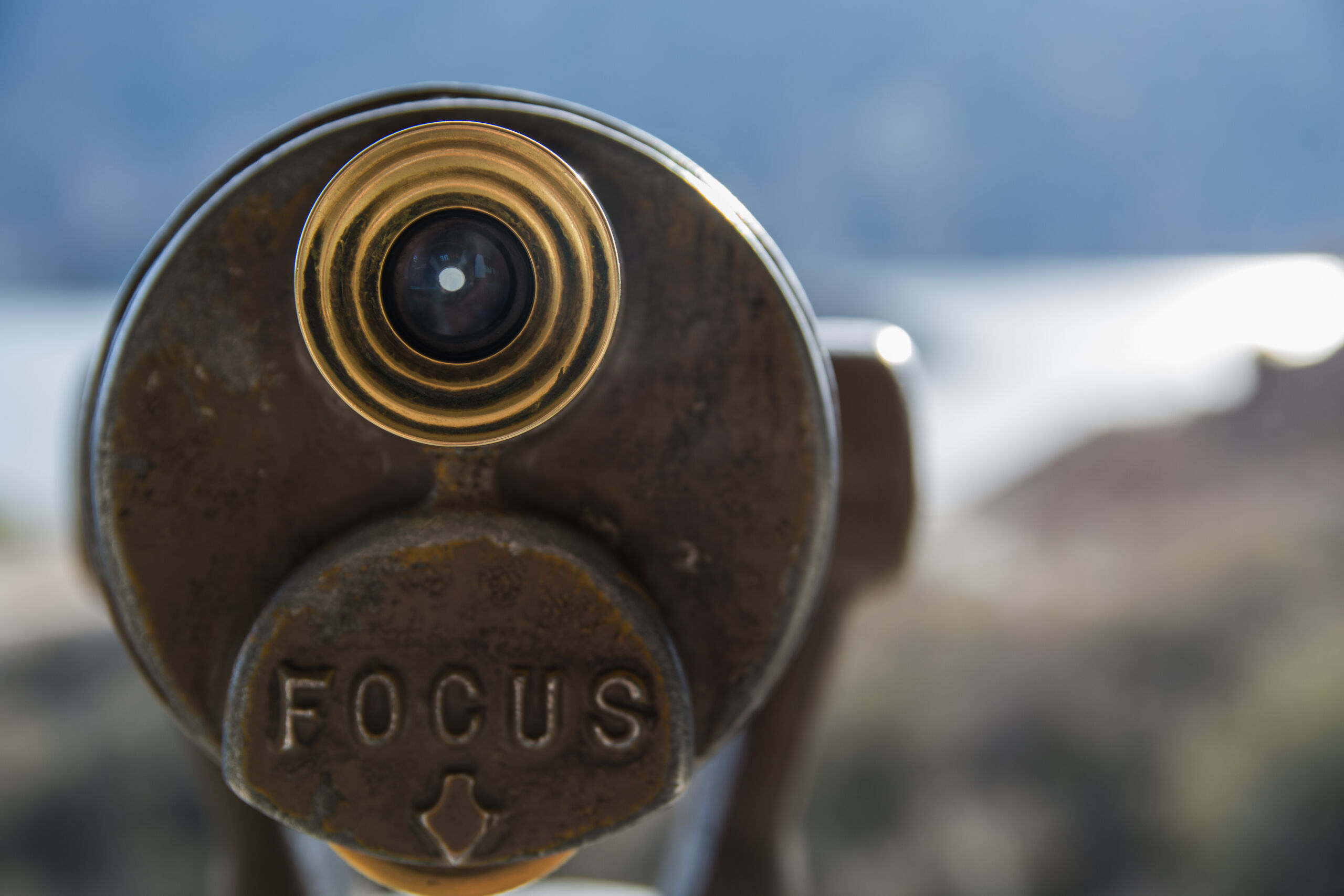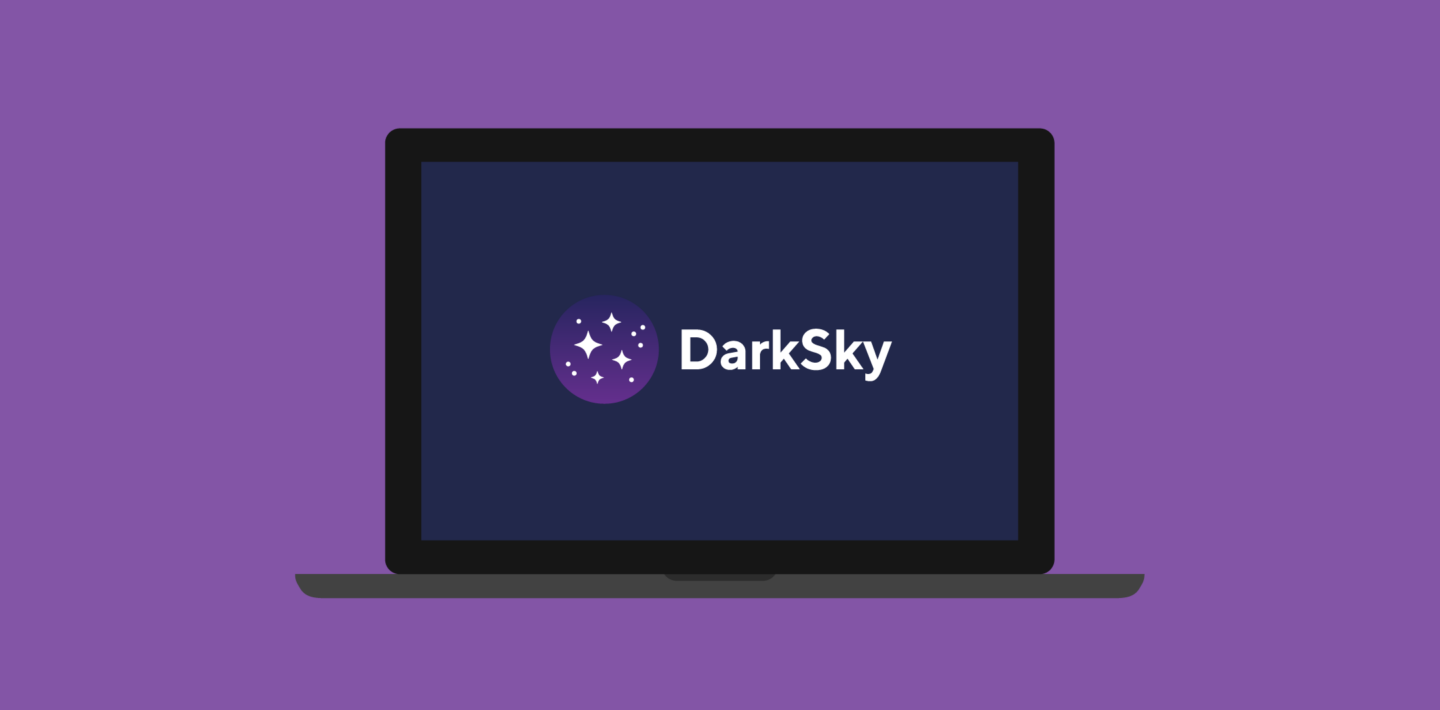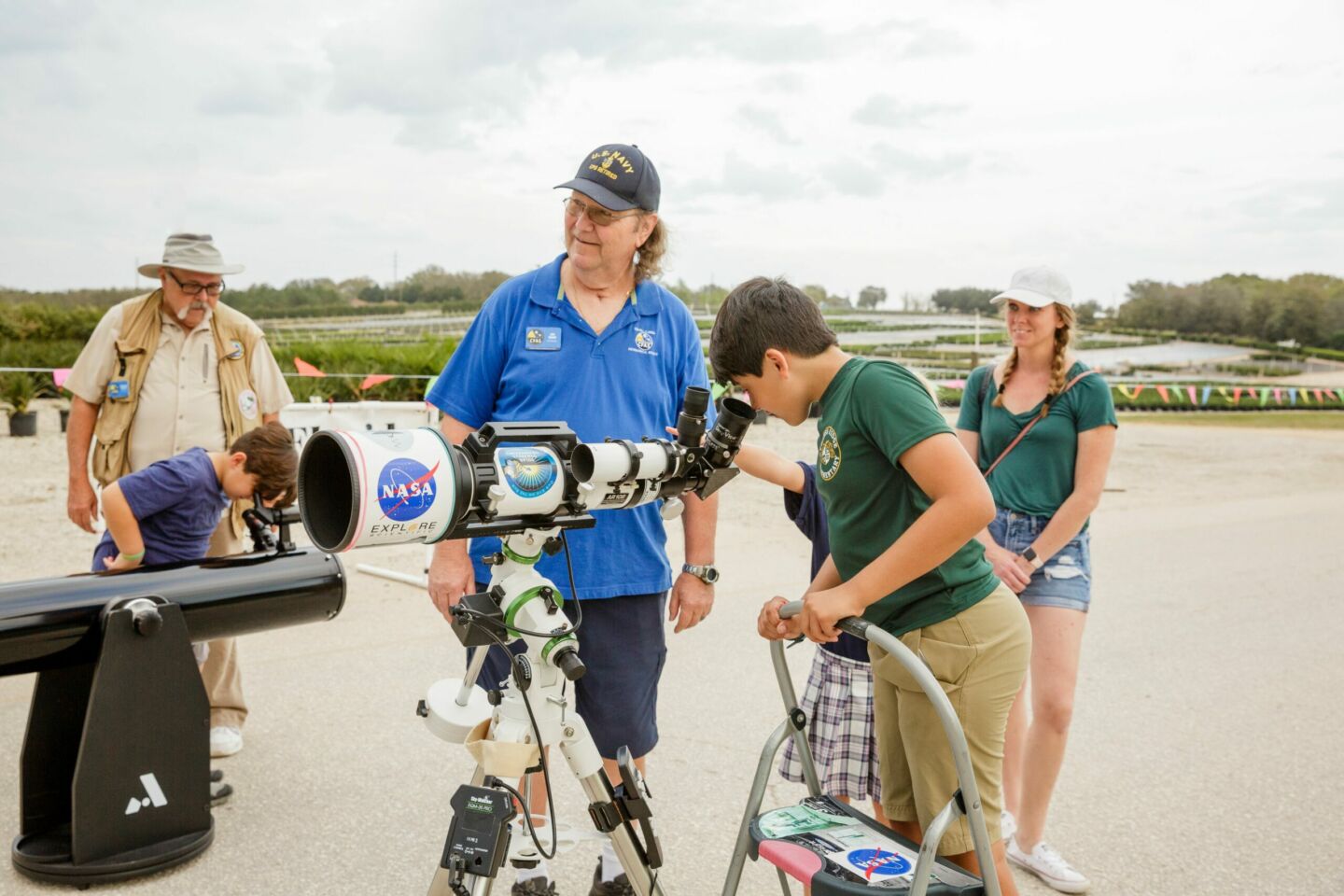By guest contributor: Megan Albaugh Bonham
Light pollution and night sky preservation have caught the attention of many researchers, but social scientists have been slow to join in. I hope to change that. I’m a PhD student in the sociology department at Northwestern University, and I study the night sky from a cultural perspective, including what makes it meaningful to people today. As part of my research, I have already visited a couple IDA-designated Dark Sky Places and plan to spend time at a few more. However, I also wanted to learn more broadly about who IDA members are and why they value the dark night sky. Last fall I collaborated with IDA to survey their members. I offered to design and administer the survey in exchange for access to include some of my own questions. We had 1,317 people take the survey! That’s 34% of all IDA members. (And I send my heartfelt thanks to all those folks because that survey was long!)
Below, you will find my executive summary of the survey findings. If you want to learn even more, you can download the entire report at the bottom of this page.
EXECUTIVE SUMMARY
The survey of IDA members was administered in fall 2016. Email and mail invitations, plus email reminders, produced a 34% response rate with 1,317 members taking the survey.
Just over 95% of members are very or somewhat satisfied with IDA’s work.
Joining, Participating, and Giving
28% of IDA’s membership base has maintained their membership for 11 or more years, indicating some degree of devotion to the organization; however, half of all members joined in the past five years, suggesting that light pollution continues to garner new interest. Given the recent influx of members but steady overall membership numbers, IDA may want to examine the circumstances leading to member turnover.
Only 18% of members initially learned about IDA via a friend or colleague. (Has the organization considered a member-get-a-member campaign?)
Only 12% participate in an IDA chapter. The most common reasons for not participating in a chapter were not knowing about them or not having one nearby, suggesting the potential for growth in chapter participation.
58% of members have participated in activities to reduce light pollution in the last five years.
Nearly 80% of members feel $35/year is an appropriate membership fee; however, a few members with lower incomes requested reduced fees or the option to pay over several months.
Just under 20% of members annually donate more than the membership fee to IDA.
Programs
Members reported the greatest overall familiarity with the International Dark Sky Places program and lowest familiarity with sea turtle conservation and consulting for government and businesses.
Members want greater awareness of light pollution among the general public through increased marketing and media exposure, as well as greater collaboration with common interest groups (e.g., environmental organizations, professional lighting associations). Additionally, members repeatedly encouraged IDA to more directly target children and teens in outreach and to be more aggressive in pursuing change.
Many members demonstrated unfamiliarity with IDA procedures, particularly regarding the establishment of Dark Sky Places and chapters. More specifically, these members appeared unaware of their ability to initiate the process and instead expected IDA to do so.
Members repeatedly requested for IDA to offer resources that the organization already provides (e.g., downloadable presentations and handouts), suggesting that a refresher on available resources would be useful.
Communications
Members are overwhelmingly satisfied with IDA’s communications. Mailings and emails and Nightscape are the most widely read. Less than one-quarter of members reported utilizing the various forms of social media communication.
In spite of their satisfaction, many members are unaware of IDA’s various modes of communication, do not know which communications they receive, do not know how to (un)subscribe for a particular communication, and/or expressed frustration at not receiving the communications for which they have subscribed.
Although only 17% of members reported dissatisfaction with the potential transition to paperless communication, these members actively voiced their displeasure throughout multiple open-ended questions in the survey. A few members exhibited anger at the potential transition (e.g., through name-calling and threatening to cancel their membership), but most offered justifications for their paper preference, such as having difficulty reading material on screens and enjoying leaving the hardcopy Nightscape in a medical waiting room for others to read. Moreover, several members indicated that they do not own a computer and admitted that they might forget about IDA without occasionally receiving something tangible from the organization.
Dark Sky-Related Values and Experiences
The highest rated benefits of a dark night sky were “appreciating nature’s beauty” and “stargazing with the unaided eye.”
Over 90% of members stargaze at least once per month, though only 19% have an obvious view of the Milky Way from their home.
Demographics
Member demographics show significant opportunity for diversifying IDA’s membership base. Specifically, the current membership underrepresents students and young adults, women, people of color, persons living outside the United States, and the working class.
Themes Evident Across Multiple Survey Questions
Several members do not recognize their power to initiate change. For example, one member wrote, “We need a real advocate for dark skies in [US state],” and another wrote, “I could use an ordinance that addresses light trespass from neighbors,” but these members did not exhibit an understanding or belief that they could contribute to the solution themselves. Comments such as these suggest that members may not feel sufficiently empowered to pursue change or that they are expecting others (or IDA headquarters) to advocate for the local change they wish to see.
Similarly, many members expressed a desire to advocate for dark skies but stated they did not know what to do or where to begin.
Several members called for IDA to increase its efforts in countries other than the United States. Specific suggestions included producing materials in languages other than English, establishing offices outside the US, ensuring dark sky friendly fixtures are available for purchase in other countries, and developing model lighting ordinances that are useful in cultural and political contexts beyond the United States.
Many members expressed grief and/or loss in the brightening night sky. Although occasionally expressed explicitly (e.g., “I mourn the loss of the night sky tremendously”), more often this sentiment appeared implicitly in stories of a particular night sky that has brightened over time. Several members expressed anger and frustration at their experiences with glare and light trespass, and well as at the wasted energy and money in light pollution. As one member noted, “There is actually a lot of anger that no one is harnessing.”
Despite IDA spending the last few years (at least) establishing itself primarily as an environmental—rather than an astronomical—organization, members still demanded that IDA distance itself from astronomy with comments such as, “The IDA is too focused on and influenced by the astronomy community including both amateur and professional.” Similarly, members instructed the organization to focus on the environmental (and human health) impacts of light pollution, rather than its impact on astronomy. As one member noted, “It’s not all about stargazing.” Interestingly, many members with an interest in astronomy perceive IDA as disconnected from the astronomy community and wish to see stronger ties, especially with astronomy clubs, because, as one member lamented, “Most amateur astronomers complain and do nothing.”
Members disagreed about the role the lighting industry should play in IDA’s work. Some demanded that the organization “challenge the lighting industry more” and go “back to [the] basics without industry interference.” Members also claimed that IDA’s work has been negatively impacted by industry collaboration. As one member wrote, “be bold to recognize the lighting industry has affected the effectiveness of our advocacy work; we have compromised too much in trying to make ‘friends’ not enemies.” In contrast, several members encouraged IDA to pursue greater collaborations with the lighting industry—designers, manufacturers, retailers, and professional associations. Moreover, members employed in the field of lighting requested recognition for their dark sky friendly work and wished for an end to the shaming of the entire lighting industry.





















